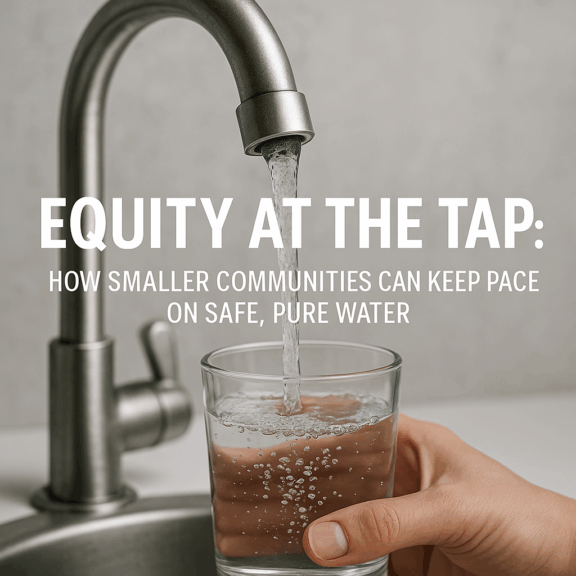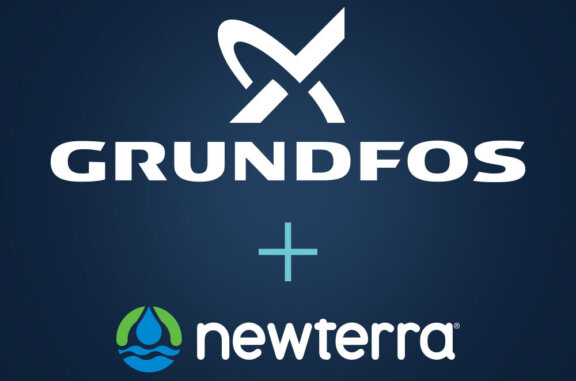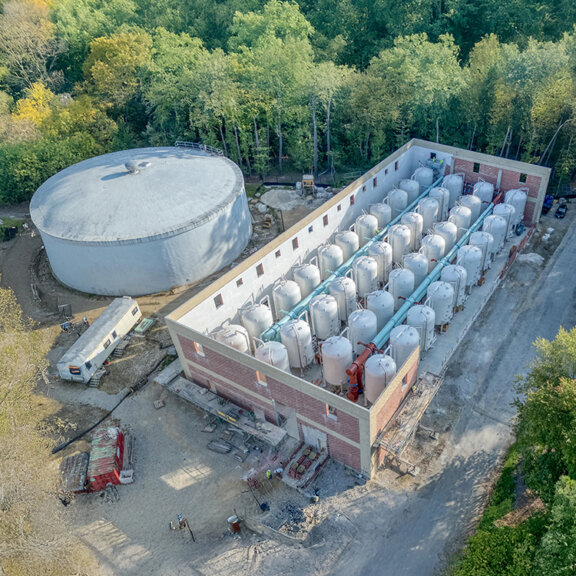When Small Communities Face Big Infrastructure Challenges
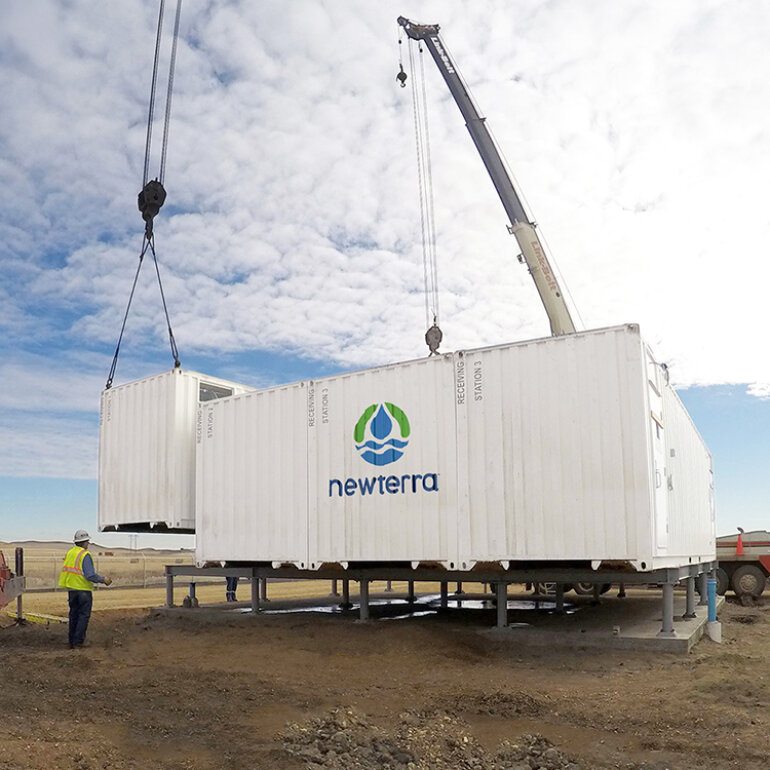
municipal wastewater solutions
The Case for Decentralized Wastewater Solutions
In the village of Beulah, Michigan, a public works director faces the kind of decision that keeps local officials awake at night. (read the article) The community’s wastewater system—patched together over the years and increasingly out of step with modern standards—has finally drawn a line from the state. Regulators have issued an administrative consent order, requiring a full overhaul of the treatment facility by November 2026. The estimated cost: $12.125 million. For a town of just 300 residents and 400 sewer customers, that kind of number threatens the financial stability of the town itself.
With only $3 million in confirmed grants, the remaining cost will likely be financed through USDA loans. That means rate increases north of 200%, imposed on a population that includes many fixed-income households. That leaves the local official weighing difficult choices, under pressure to move quickly and get it right.
Across the country, officials like this one are navigating the same high-wire act. Appointed by their communities and invested deeply in their welfare, they’re trying to do right by their neighbors while keeping pace with mounting regulatory pressure. The systems they oversee weren’t built for today’s discharge standards or today’s compliance environment. But in many cases, the price of replacement—especially through traditional, centralized infrastructure—feels out of reach. And yet doing nothing isn’t an option. The fines are real. The deadlines are fixed.
Systems Stretched Too Far
The public rarely sees the stress points of a wastewater system until they break the surface—until flooding occurs, or permits are pulled, or rates skyrocket. But for those managing these systems, the breakdown begins long before that. It begins with incremental failures: pumps that need constant repair, discharge samples that creep out of spec, capacity calculations that no longer align with seasonal population swings.
The regulatory bodies enforcing discharge limits aren’t inherently adversarial, but to the communities tasked with compliance, the relationship can feel combative. State-level mandates are often written with large cities in mind—cities that have full-time engineering staff, multi-million-dollar capital budgets, and well-oiled procurement processes. Small towns have none of those luxuries. They have volunteer boards. Overburdened clerks. Legacy infrastructure. And a general fund that barely stretches to next winter’s plow contract.
The result is a growing philosophical tension: a system of environmental protection that often leaves the most vulnerable communities with the fewest viable options.
Decentralized Wastewater Treatment: A Viable Alternative
Decentralized wastewater systems treat sewage close to where it’s generated, rather than sending it to a distant centralized plant. These systems can serve anything from a single household to an entire subdivision, offering a practical alternative for communities that lack the resources, geography, or density to support conventional infrastructure.
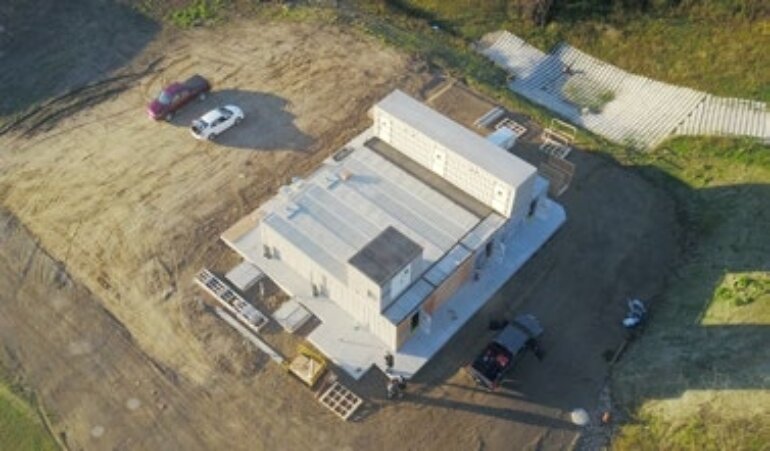
Unlike older or rudimentary setups, modern decentralized systems make use of advanced treatment technologies— like Newterra’s own membrane bioreactors (MBRs)—to meet or exceed the discharge standards expected of large municipal plants. Many are delivered as modular, factory-assembled units designed for fast deployment and long-term reliability.
Importantly, these systems can be implemented in phases. That scalability allows infrastructure investment to track with real growth, helping communities avoid the financial and logistical strain of overbuilding.
Key Advantages for Small Communities
The appeal of decentralized systems goes beyond just feasibility. For smaller or rural municipalities, they offer meaningful advantages in three critical areas: speed, resilience, and operability.
Faster Deployment
Because many decentralized systems are modular and pre-assembled, they can often be delivered and commissioned on much shorter timelines than traditional plants. That’s especially valuable for communities under regulatory pressure or facing urgent infrastructure failure.
Resilience and Environmental Benefit
Distributed systems are less vulnerable to single-point failures and can be more adaptable to extreme weather events. Many also enable reuse of treated effluent for irrigation or groundwater recharge, reducing strain on potable water supplies.
Ease of Operation
Advances in digital monitoring and remote control systems now allow decentralized facilities to be managed with the same confidence as large-scale plants—often with fewer personnel and less day-to-day oversight.
Taken together, these strengths make decentralized systems not just an alternative to conventional plants, but in many cases, a more practical and sustainable fit for the realities small communities face.
A Case in Point: Eastern Ontario
One residential development in Eastern Ontario offers a glimpse of what decentralized success can look like. Faced with strict discharge requirements and an uncertain buildout timeline, the developers needed a treatment solution that could deliver high performance from day one—but still adapt as new homes came online.
They turned to Newterra, which deployed a Clear³ MBR.ST system—a modular, skid-mounted membrane bioreactor designed for rapid installation and phased expansion. The initial installation provided immediate compliance with local effluent standards, while the system’s flexible design allowed it to scale over time. At full buildout, it served approximately 500 homes, all without the need for a centralized plant or major civil works.
Navigating the Funding Landscape
While the technical and operational advantages of decentralized systems are clear, cost remains a real hurdle—particularly for small municipalities with limited borrowing power. Fortunately, several state and federal funding programs are available to bridge the gap.
The Clean Water State Revolving Fund (CWSRF), administered by the U.S. Environmental Protection Agency, offers low-interest financing for a range of wastewater infrastructure projects, including decentralized systems. The USDA’s Rural Development program also provides loans and grants targeted specifically at small towns and rural districts. And in states like Minnesota, supplemental programs such as the Water Infrastructure Fund (WIF) offer additional support for communities under regulatory pressure.
The key is ensuring that decision-makers are aware that decentralized systems qualify—and that they are increasingly favored for their cost-effectiveness and regulatory performance.
A Path Forward
Beulah, Michigan, is not alone. Across the country, small towns are facing the same difficult reality: aging wastewater systems, rising environmental standards, and limited resources to bridge the gap. The American Society of Civil Engineers recently gave U.S. wastewater infrastructure a D+, underscoring just how widespread and urgent the issue has become—especially for communities operating on tight budgets and lean staff.
In many cases, centralized treatment systems come with requirements that far exceed what small municipalities can reasonably take on. The capital costs, permitting hurdles, and long construction timelines can make progress feel out of reach. But alternatives do exist.
Decentralized wastewater systems provide a different kind of solution. They’re modular, scalable, and often much faster to deploy. When thoughtfully designed, they can meet or exceed regulatory standards while staying within the constraints that small communities live with every day.
By exploring and investing in decentralized solutions, communities can build resilient infrastructure that serves their needs today and into the future.
Let’s talk now, while there’s still time to plan.
Or, read up on the Newterra MBR system
Article by Nathan CW Smith, SVP Lifecycle Services & Marketing
